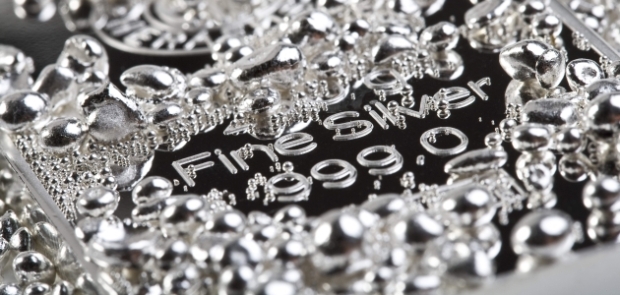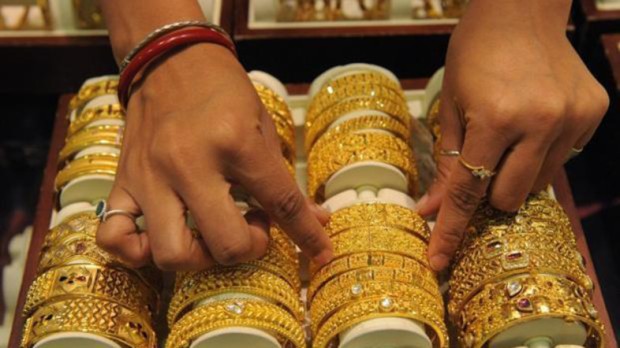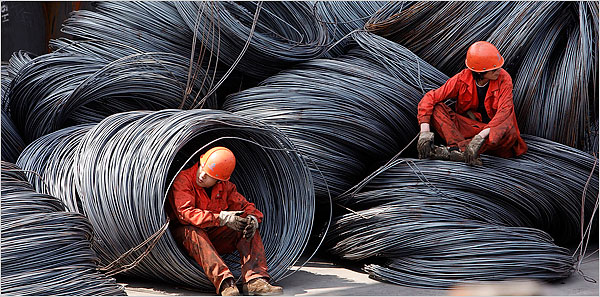
Analysts have watched precious metals with intent interest over the past weeks, as both gold and silver officially entered ‘bull markets’ – namely, both exceeded 20% growth. Though the threshold is notoriously arbitrary, it does represent a significant psychological barrier for market agents all the same, this is undeniable. What the attaining of ‘bull market’ status actually means moving forward though, has been a matter of much debate in recent days. Some seem to believe that now is the time to position ones self short, while others think that now is the time to entrench ones self for the long haul. We would tend to side with the latter, as this market run is dramatically different in its character than any of those that we have seen over the course of the past half-decade.
As the spot price of silver approaches year highs, up from multi-year lows, the thought that sustained growth might be possible seems counter intuitive – usually, one tries to buy low and sell high, not enter when it seems things have topped out. This being said, the peak that we are approaching has been a long time in coming, much longer in fact than any of the previous highs that we have seen in the past five years. This is because, since the absurd heights of 2011, and particularly in the last three years, investors (those who have a long-term, passive and vested faith in the performance and stability of silver) have either been licking their wounds or enjoying the fruits of their success, meaning that the market had largely been driven by speculators (those with an active long or short term interest in the commodity in the eventual view of monetizing), particularly those buying shorts, or looking to offset these positions.
Speculators tend to be highly leveraged, meaning that they tend to be trading with loaned money, or with money taken and invested with a clearly stated risk tolerance – both of which at times provoke ‘necessity buying’ so as to either offset risk, or protect the initial capital. The result of necessity buying, which often comes in general waves, is a periodic ‘overheating’ and ‘rapid cooling’ of the market – namely boom and bust. This instability served to further deter long term investors, who are often seeking greater stability of their assets through market stability in commodities rather than grand profits (long or short term). In other words, the market environment of silver has recently been one of increased, rather than decreased risk – a reality which betrays part of the basic function of precious metals as an investment tool.
This latest rally in silver displays decidedly different fundamentals though. It started normally enough, with speculators scooping up shorts as silver rebounded from lows. These agents saw the absurd ratio between the price of gold and silver, which had dropped from a stable relation of around 55oz silver: 1oz gold to 80:1 in early 2016. Chinese markets picked up on this as well, and a buying frenzy in Asian markets gained momentum, prompting even more in the West to begin to pile on. The coalescence of strong market interest, and good historical value led speculators taking up long positions to become almost as numerous as those interested in shorts. Then unexpectedly, investors began to trickle in as those dealing in shorts began to back off, leading to a minor plateau, and then a less intense, more sustained upward trend.
The reason that the presence of investors is a good long-term market indicator is that, as opposed to speculators, investors carry with them larger pools of stable, committed capital which are far less susceptible to flight. Rather than revving in second gear, silver prices managed to smoothly change into third, opening a new price range for the coming months. From this, we may gauge price elasticity – the normal ratio of silver to gold is 55:1, gold is following a more aggressive upward trend, investors feel that silver had bottomed out, and so all of the ingredients are present to be baked into a silver-bull pie. What is more is that the recent period of gains bears all of the hallmarks of a sustainable benchmark due to the calculated rise of silver spot, as well as the re-entry of sincere investors into the commodities arena.
Though by no means a ‘get rich quick’ tip, the re-emergence of silver as a stable and long-term investment apparatus is good news for silver stackers and investors alike, and it is our feeling that at this point, the ‘white metal’ presents a good opportunity for future gains with minimal downside risk.








